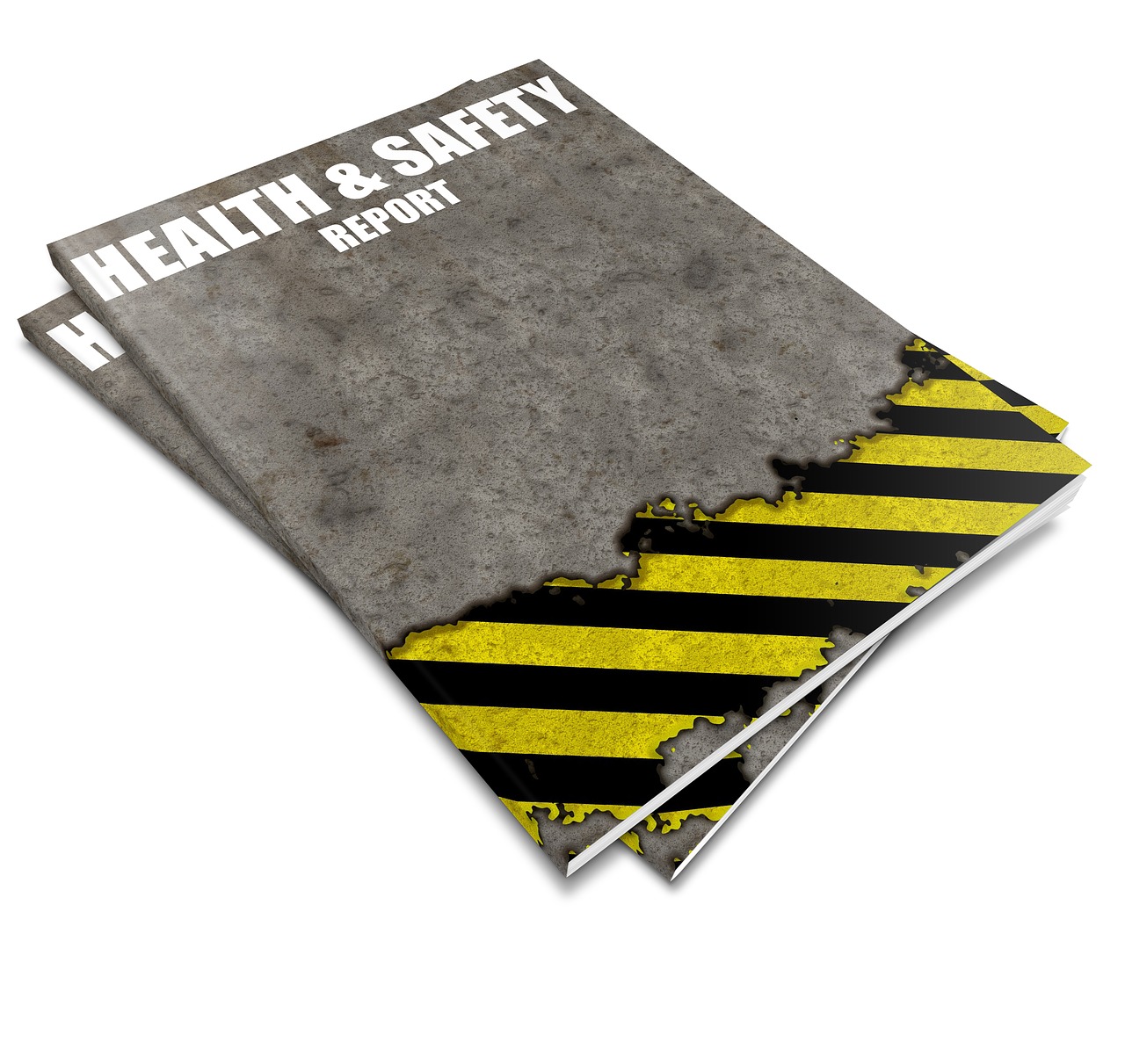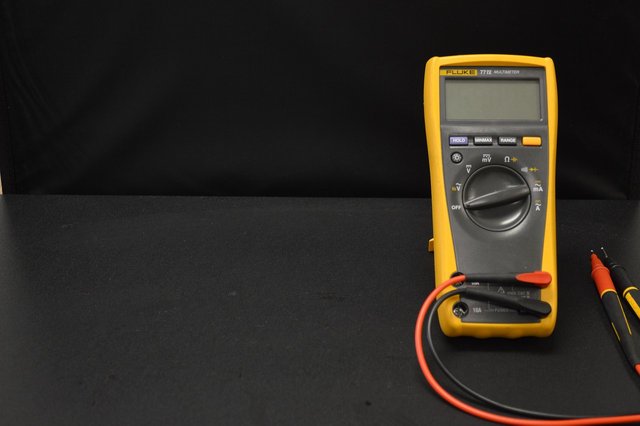The Nuts and Bolts of Health & Safety in the Office - Superior Safety For Larger Profits

In todays modern workplaces, although safety is greatly improved, employees are none the less still exposed to serious dangers, the hazards involved vary from occupation to occupation with manual labour being the most hazardous form of work as opposed to an office job. Although all offices are by no means a haven from accidents and employers still need to take the required precautions to ensure that all risks are minimised.
There are many fields of employment that require special attention with regards to health and safety legislation. Those that spring immediately to mind are jobs such as asbestos removal or careers that involve the day to day handling of hazardous chemicals. For most kind of hazard there are countermeasures that can be taken to reduce the risks to an acceptable level, which as defined by law is as low as practicably possible. For instance, safety measures for hazardous chemicals could include ample ventilation, personal protective equipment and the provision of specialist first aid facilities equiped to deal with the types of injury that could occur.

Many injuries in the workplace are caused each year by unsafe electrical equipment, the risk of serious burns or even death by electocution can be drastically reduced by ensuring that equipment is regularly checked and a log is kept, any equipment that is found to be faulty should be repaired immediately or replaced, do not carry on working with faulty electrical appliances. Pat testing should be carried out frequently for all electrical appliances, office equipment is generally tested annually but equipment that is used in harsh conditions may need to be tested after each use. For example tool hire companies are obliged to test equipment before each loan.
Work stations should be fully adjustable to allow each user to work comfortably, when a person is spending eight hours a day sat at the same work station there is high risk of chronic soft tissue damage if ergonomics are not taken into account, such an occurance can be very expensive for the employer. Numerous employers are taken to court each year over claims for musculorskeletal ailments.
Incorrect lifting proceedures are probably the biggest cause of work related injuries, and employers are duty bound to provide anybody who is expected to lift heavy objects in the course of their job with manual handling training. When you think about it this could be anyone within the workplace form a director picking up a heavy archive box, to a warehouse person lifting goods. A wise employer will provide this training for every employee, It is very cheap and quick to do, and the advantage of this approach means that it is one health and safety issue that they need not worry about. the course will teach correct handling for both regular and irregular items, aswell as emphasising when to use teamwork to overcome loads that are particularly dangerous.
great advice, a safe workforce is a happy workforce :)
health and safety is often frowned upon, but the world is a better place because of it, people need to be accountable for neglect.
good workstation advice, people thing offices are safe but there is big risk from rsi if the work area does not fit the worker properly.
Bend you back and not you knees! Erm wait, that should bend your knees and not your back!
getting sued for health and safety negligence can be costly
electrical testing is manditory in the UK
You got a 10.00% upvote from @mercurybot courtesy of @nickdavison!